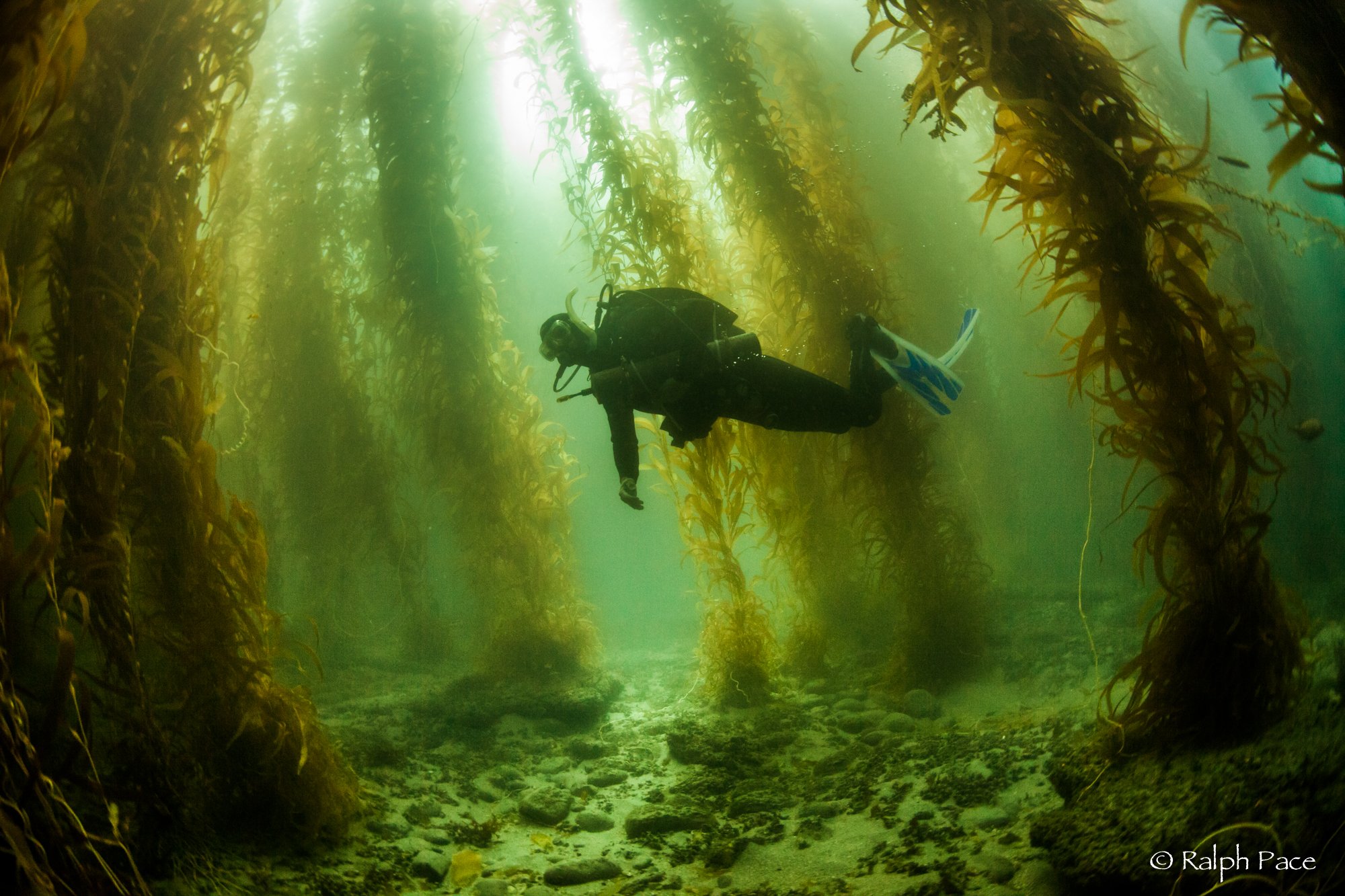
Kelp Forest Research
For over 10 years, researchers at the Pfleger Institute of Environmental Research (PIER) have used Loggerhead products to study white seabass. Using the acoustic data they collected, the team identified spawning-related sounds (chants) the fish make around sunset in May and June. This confirmed the utility of a bioacoustic approach to non-invasively identify white seabass spawning periods and locations.
Once the locations and periodicities of the fish were identified, acoustic recordings showed that spawning occurs in several Southern California kelp bed communities. PIER continues to acoustically monitor these areas to assess the effectiveness of the newly established Southern California Marine Protected Areas (MPAs) to safeguard white seabass populations.
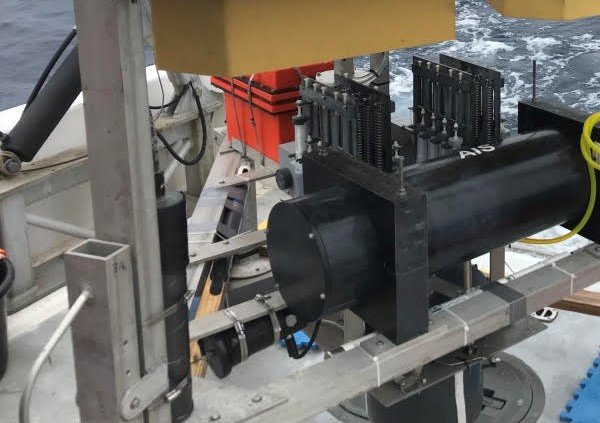
Blue Hole Research: Snap recorder in the field
Blue holes are large, deep, and often hard to study marine caverns or sinkholes. A team of researchers from Florida Atlantic University's Harbor Branch Oceanographic Institute, Mote Marine Laboratory and Aquarium, Georgia Tech, and the United States Geological Survey (USGS) is conducting a three-year study to explore blue holes in the Gulf of Mexico using a maneuverable, autonomous, benthic lander. Initial findings suggest that the Amberjack Hole is anoxic with a sulfidic bottom and is devoid of life, while the Green Banana hole, located almost 50 miles offshore, exhibits signs of life. The team hopes to learn whether this blue hole is connected to the Floridan aquifer system (see this video for more project info).
Attached to the lander frame, Loggerhead's Snap recorder is capturing audio from the blue hole. These acoustic data will be analyzed to learn more about blue hole ecosystems and soundscapes and whether the water's chemical composition, including salinity, dissolved oxygen, or other compounds, may impact soniferous organisms. While water sampling is limited to daylight hours, the Snap will record sound even at night when the blue hole seems particularly active.
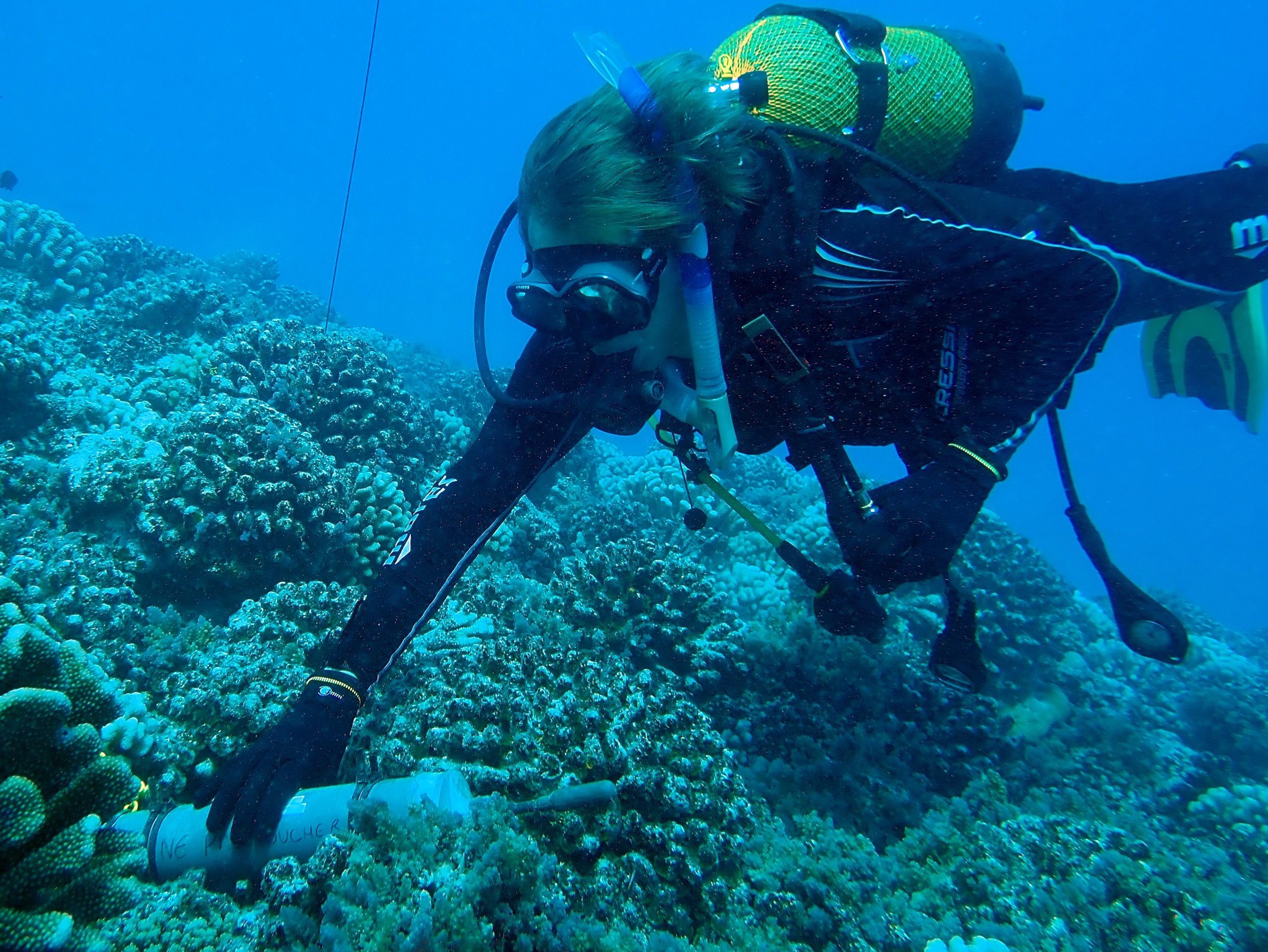
Coral Reef Acoustics: Using sound to study tropical waters
Coral reefs are hot spots of biodiversity and are an acoustically rich and varied environment. Fishes and benthic invertebrates, such as snapping shrimp, produce sounds during courtship and reproduction as well as incidental sounds during feeding. Rain and boats also can be heard underwater.
Researchers at the University of Liege, Belgium use these sounds to characterize coral reefs and study how habitats change with depth and other environmental features. They seek to understand how larvae living in the open ocean use sound to locate reefs where they will live as juveniles and adult fish. Loggerhead equipment is critical for documenting these soundscapes.
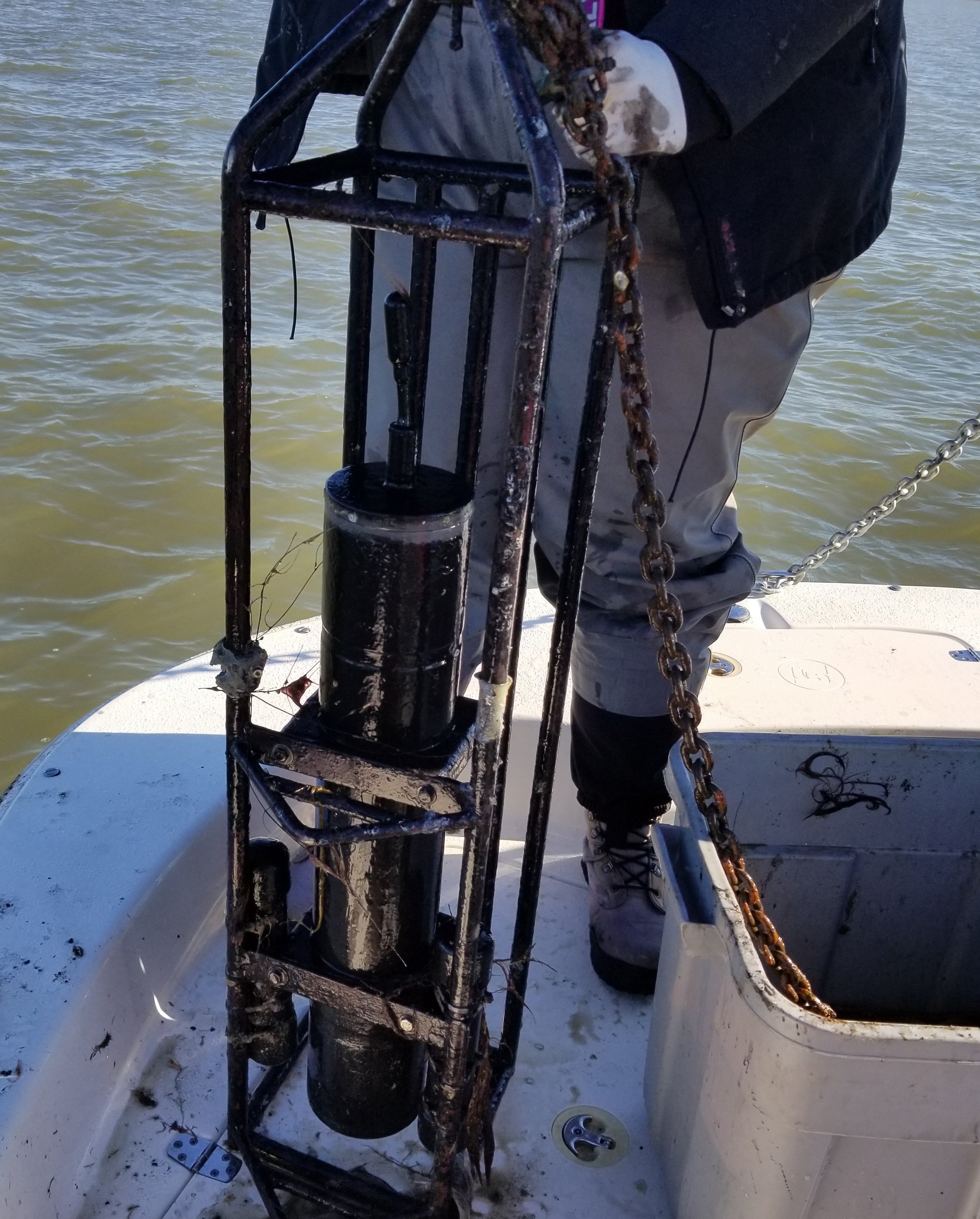
Soundscapes & Climate Change
Working in the May River, South Carolina (USA) with Loggerhead's passive acoustic recorders, a team from the University of South Carolina Beaufort conducted a six-year study which found acoustic activity of snapping shrimp and certain fish species occurred earlier in years with warmer springs.
This research shows that sound production in snapping shrimp and soniferous fish species could serve as potential underwater indicators of climate-driven changes in spring phenology. Soundscape research has the potential to provide insight into the response and resiliency of individual species and their behaviors.

Bahamas' Dolphins: Post-Hurricane Dorian Update
The Bahamas Marine Mammal Research Organisation (BMMRO) is using Loggerhead Instruments' recorders to document changes in dolphin detections and ambient noise as Abaco recovers from Hurricane Dorian, which devastated the Bahamas in September 2019. Scientists at BMMRO recover and redeploy recorders approximately every two months, as Covid restrictions allow.
An initial analysis of the first six months of post-hurricane data has been completed by a Masters' student from the University of St. Andrews and shows an expected increase in dolphin detections as the ambient noise has decreased. These changes are due to a 90 percent reduction of boats in the area, a lingering effect of the hurricane.
Bahamas’ researchers use a variety of Loggerhead acoustic recording devices. Something old, something new, something donated, something blue.
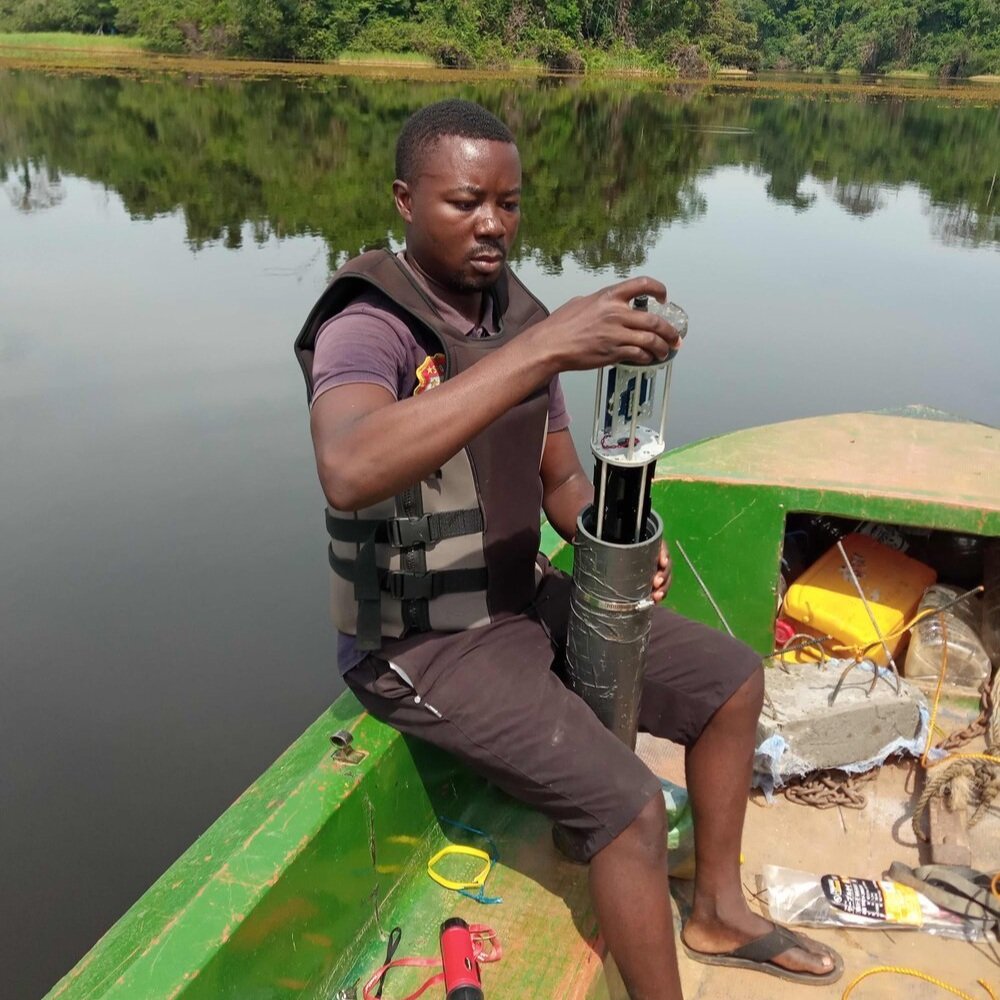
First Recordings of African Manatee Vocalizations in the Wild
Loggerhead Instruments' LS1 has been successfully deployed in Lake Ossa, Cameroon to record vocalizations from the African manatee, also known as the West African manatee. The African Marine Mammal Conservation Organization (AMMCO) collaborated with an international team (Eric Angel Ramos from City University of New York, Athena Rycyk from New College of Florida and Mumi Kikuchi from Wildlife Research Center of Kyoto University) to collect over 800 African manatee vocalizations.
The African manatee (Trichechus senegalensis) can be found along the western coast of Africa, ranging from Senegal to Angola. AMMCO and their partners hope to use the vocalization data to assess the impact of the proliferation of giant salvinia (Salvinia molesta), an invasive, floating aquatic fern which may be negatively impacting the manatees. The team also hopes to use the new equipment to acoustically monitor for other aquatic megafauna such as cetaceans.
Visit their website for more information.
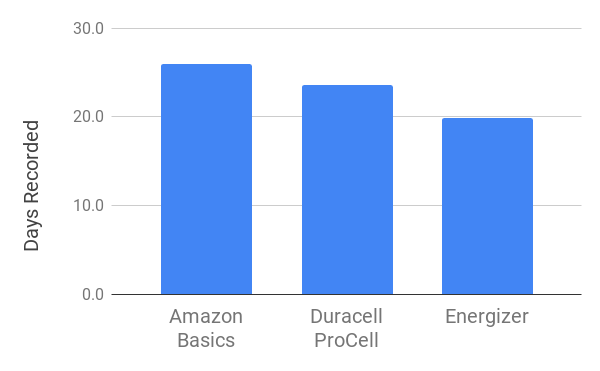
Battle of the Batteries
We put three battery brands to the test to see which would last the longest in Loggerhead's passive acoustic recorders.
The Test
One pack of 3 D-cells for each brand
Record 60s
Sleep 60s
96 kHz sample rate
Amazon Basics was the winner, running for 26 days, whereas Energizer lasted only 20 days. Sorry Energizer bunny.
In summary, using Amazon Basics alkaline batteries with a 50% duty cycle:
Snap would run 26 days
LS1 would run 104 days
LS1X would run 208 days
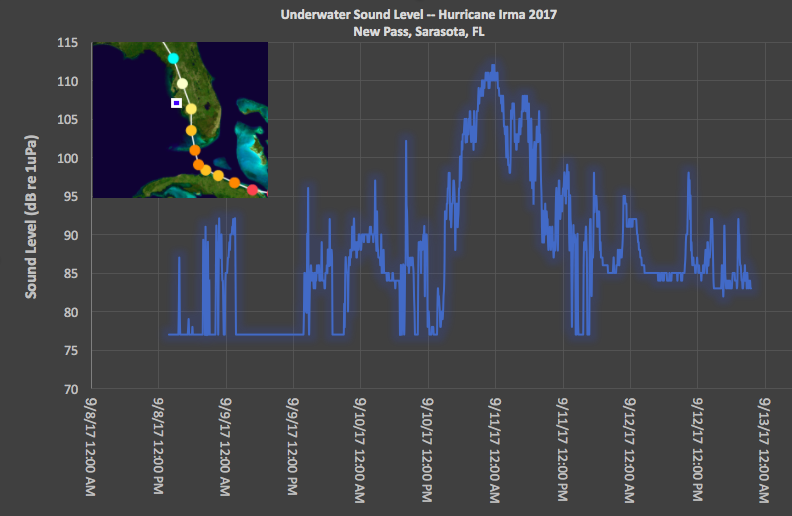
Hurricane Irma causes underwater sound levels to increase 30 dB
We have been running an experimental listening station at Mote Marine Laboratory in collaboration with the Sarasota Dolphin Research Program. The station uses an LS1 board and calculates sound levels in real time and reports them via cell to an online database. It kept running through the hurricane.
It is interesting that sound levels were so low the day before---no pleasure boating. Once we get out there to get the raw data, we will share some wav files.